ENGLAND
IS CASTLE COMBE STILL THE MOST STUNNING VILLAGE IN THE COTSWOLDS?
20 December 2021
IS CASTLE COMBE STILL THE MOST STUNNING VILLAGE IN THE COTSWOLDS?
20 December 2021
It’s not for nothing that Castle Combe, nestled in the south Cotswolds, is regularly cited as The Prettiest Village in England. Having resisted the construction of any new housing since the early 17th Century, it has retained a decidedly olde worlde charm that has – much like Charlestown in Cornwall – attracted the attention of filmmakers and TV period dramas over the years.
Not surprisingly, it also attracts visitors from all over the world, transforming the sleepy village during the summer months into a hotbed of Instagram-friendly activity.
Indeed, the whole Cotswold region – 800 square miles of glorious countryside, spanning five counties, and pitted with lost-in-time stone-built villages and towns – is something of a magnet for tourists, young and old.
So it got us wondering. Where would Castle Combe stand in our rankings of the most stunning villages in the Cotswolds?
We took a trip there from our housesit in nearby Bradford-on-Avon to find out.
Castle Combe
St-Louis
About Castle Combe
There WAS once a castle at Castle Combe. That was back in the day when civil war laid waste to the south of England. No, not THAT civil war. This one was back in the 12th Century when the country came close to inaugurating its one-and-only Queen Matilda.
Before then, the village was plain old “Combe”. But the impressively monikered Reginald de Dunstanville (more on him later) built his castle on an ancient hilltop site overlooking the village to fend off any incursions from Matilda’s forces.
Very little remains of it today, other than some earthworks and the occasional piece of stone hidden in the undergrowth. So any castle-hunting diehards will be disappointed. And, in true 21st Century style, the site is now home to a private golf course.
Castle Combe’s wealth was generated during the Middle Ages when most of the buildings still around today were constructed. The village’s claim to fame was borne out of its plentiful supply of quality sheep fleeces, fuelled by the demand for clothing cut from wool and cloth. Indeed the distinctive red and white cloth of Castle Combe became a desirable item in markets at home and abroad.
Aided by the plentiful flow of the River Bybrook, 13 mills operated at the height of the boom period. And, in 1440, Henry VI granted permission for the village to hold a weekly market (such were the rules back then!). As a result, the iconic Market Cross was built. And so Castle Combe’s wealth and prestigious status were set for the decades that followed.
Unfortunately, when times are good Mother Nature has a habit of eventually trampling all over them. And so it was in the late 16th Century when the flow of the River Bybrook diminished to a comparative trickle. The mills lost their power. And Castle Combe’s industrial prosperity was over.
The remaining village became almost deserted, its honey-coloured buildings standing as a memorial to its former glories. But, with the advent of domestic tourism in Victorian England, Castle Combe began to attract well-heeled travellers whose word-of-mouth descriptions of its many charms inspired others to visit.
Over the past 50 years or so the village’s popularity has increased after major film productions began to use it as a movie backdrop. Starting with the 1967 musical Doctor Doolittle and on through to Steven Spielberg’s War Horse and the BBC series Downton Abbey.
Although, the relationship with Hollywood hasn’t always run smoothly. Notably when the makers of Doctor Doolittle dammed the river to create a harbour for the make-believe port of Puddleby-on-the-Marsh. So irked were the good people of Castle Combe at the noise and disturbance of the production that one would-be saboteur was caught red-handed carrying sticks of dynamite.
Nowadays, the locals appear to have embraced their celebrity status. Even to the point of opening their homes as tiny cafés and shops to take advantage of the crowds that appear every year.
Although, there’s evidence of lingering irritation with over-curious tourists who insist on spending “an excessive amount of time with noses pressed to windows”.
Don’t say you haven’t been warned!
Water Street
A walk around the village
To the Market Cross
We park our car to the side of the road that leads into the village and head downhill on foot. Soon after, we notice a large building on our right that looks vaguely familiar. Its yellow facade and four gabled attic windows distinguish it from the honey-coloured hues of the surrounding buildings. Turns out it’s The Dower House, traditionally used as the home of the village doctor. But, for a few short weeks in 1966, it was also the home of the eponymous Dr Doolittle.
View looking up the hill, with The Dower House in yellow
Just beyond, the iconic Market Cross comes into view, at the crossroads of the three streets that run through the centre. With a four-sided tiled roof supported by four stone pillars, it looks more like a medieval bandstand than a cross.
In fact, during the Middle Ages, it served as the social centrepiece of the village. Especially during market days, when monks would preach from its steps to the public. And cheering locals would throw rotten eggs and vegetables at miscreants occupying the village stocks. Good times indeed.
Close by, a slab of stone with a couple of steps occupies the centre of the road. It’s the Butter Stone, so-called because it was where villagers from the area would gather to buy dairy products on market days. And, in later years, horse riders would use it to mount and dismount.
Surrounding the Market Cross, there were originally three alehouses. Nowadays, just two remain. The White Hart has been pulling pints since the 14th Century. And, on the opposite side of the road, the 12th Century Castle Inn is even older. Previously called The Salutation At The Cross, it was often used by the monks for a pre-sermon ale or two. And to break the journey on their way to Malmesbury Abbey.
The Market Cross, with The Castle Inn in the foreground
Water Street
We decide not to follow in the monks’ footsteps and skip the temptation to stop for a beer. Mostly because we’re due at the Wadworth Brewery in Devizes later that evening anyway.
Instead, we bear left from the Market Cross and into Water Street, which runs down to the famous bridge over the River Bybrook. The terraced stone cottages, along with their grey tiled rooftops, stretch out before us on either side of the street. It doesn’t take too much imagination for us to picture a scene of smoking chimney pots, horse-drawn carts and the sound of children playing in the mud with their homemade skipping ropes.
In fact, there’s nothing very much 21st Century about the place at all. No telegraph poles. No overhead cables. And no satellite dishes hanging from walls and rooftops. Anything that might be on show is safely tucked away underground, out of sight. It seems the crafty folk of Castle Combe worked out a long time ago that film companies and tourists alike prefer it that way.
As we wander along the street, we pass several cottages that have been converted into cafés and shops. One of which – The Little Picnic Shop – has built quite a reputation for itself. Not to be outdone, some of the locals put out small stalls selling everything from cakes to books and bunches of lavender. But we don’t actually see anyone. They operate an honesty system whereby you pick what you want and pop your money through the owner’s letterbox. So very Cotswolds.
Walking down Water Street towards the bridge
The Bridge
At the bottom of the street, we arrive at the stone bridge that crosses the river. For many, this is THE photo spot in the whole of the Cotswolds. Indeed, as we arrive, a couple of teenagers are practicing their Instagram poses on the bridge itself. We politely wait while they painstakingly perfect their posed embraces and take photograph after photograph using their camera’s self-timer. Our patience having worn thin, we decide to bring their artistry to an abrupt close and march over the bridge ourselves to see what all the fuss is about.
Adjacent to the bridge a further row of terraced cottages run along Water Lane. With their close proximity to the river, these were originally the weavers’ cottages.
Looking back across the bridge, the now-classic view encompasses the arches of the bridge and the road snaking back up Water Street as it cuts through the cottages on either side. If you think you’ve seen the image before, you probably have. In fact, Google “Castle Combe images” and we guarantee the results will be dominated by this one view.
The Instagrammers having now moved on, we snag some photos of our own before making our way back up Water Street towards the Market Cross.
The bridge in Castle Combe – aka Instagram Central
St Andrew’s Church
To the left of the cross, we enter St Andrew’s Church and place a donation in the perspex box. Inside there are a couple of features that stand out.
One is the faceless clock, which dates back to the 15th Century, and is one of the oldest working clocks in England. Originally housed in the bell tower, it now sits in a glazed wooden cabinet where its intricate mechanism can be seen ticking away.
The other is the tomb of Sir Walter de Dunstansville, Baron of Castle Combe and the great-great-grandson of King Henry I. Dressed in his finest chain mail armour, his feet are noticeably crossed, signifying that he was a veteran of two crusade campaigns.
There’s also a wall displaying stills from the film productions of War Horse and Dr Doolittle.
De Dunstanville’s tomb, with feet crossed
A closer look
The Manor House
To the rear of the church, an exit gate leads on to West Street and another row of mews cottages. These are actually owned by The Manor House, a luxury 14th Century hotel located at the end of the street. With its Michelin-starred restaurant and room prices of up to £800+ per night, it’s a touch over our budget. But, as long as there aren’t any corporate events or weddings taking place, it’s possible to wander around the grounds or take in a lunch at the restaurant.
As it happens, our attempt to gain access is blocked by a guy in a tuxedo.
And so we take that as our cue to call it a day and return, via the Market Cross, to our car for the return journey back to Bradford on Avon.
Getting to Castle Combe
Most people who explore the Cotswolds (and who aren’t on a coach tour) drive a car. But driving into the centre of the village is very much a no-no. Instead, there’s a visitor’s car park at the top of the hill. However, if it’s not too busy it’s also possible to find some spaces on the road that leads down to the village. Just don’t be tempted to park on any double yellow lines unless you want to feel the wrath of any patrolling traffic wardens.
Alternatively, the #35 bus from the nearby town of Chippenham will drop you off in the centre of the village.
The Market Cross with water pump
The Butter Cross
So…is Castle Combe still the most stunning village in the Cotswolds?
We’ll admit we’ve spent quite a bit of time exploring the Cotswolds. It remains one of our favourite parts of the country. Even if the summer and weekend crowds can make for a less-than-serene experience.
But with gems such as Broadway, Bibury, Painswick and many others scattered across the region, it seems that there’s always another beautiful village just around the corner waiting to be discovered.
As for Castle Combe, it’s undoubtedly a gorgeous place to wander around for an hour or so. And it’s up there with our best-loved Cotswold experiences. But we’d prefer to consider it as one of a number of stunning villages in the Cotswolds rather than try to separate it as something special.
However, if you’re in the area you really shouldn’t miss it.
But please do us one small favour. Try to get your classic photo shot over the bridge perfected in one or two takes. The people waiting on the other side of the bridge will really appreciate it!
What did you think? Have you visited Castle Combe in the Cotswolds? Or maybe you’re thinking of going there in the near future? Either way, we’d love to hear from you so please add your comments below.
MORE ON ENGLAND
Hi, we’re Ian and Nicky, an English couple on a voyage of discovery around the world, and this blog is designed to reflect what we see, think and do. Actually, we’d like to think it also provides information, entertainment and inspiration for other “mature” travellers, too. So please feel free to pour yourself a glass of something suitably chilled and take a look around.


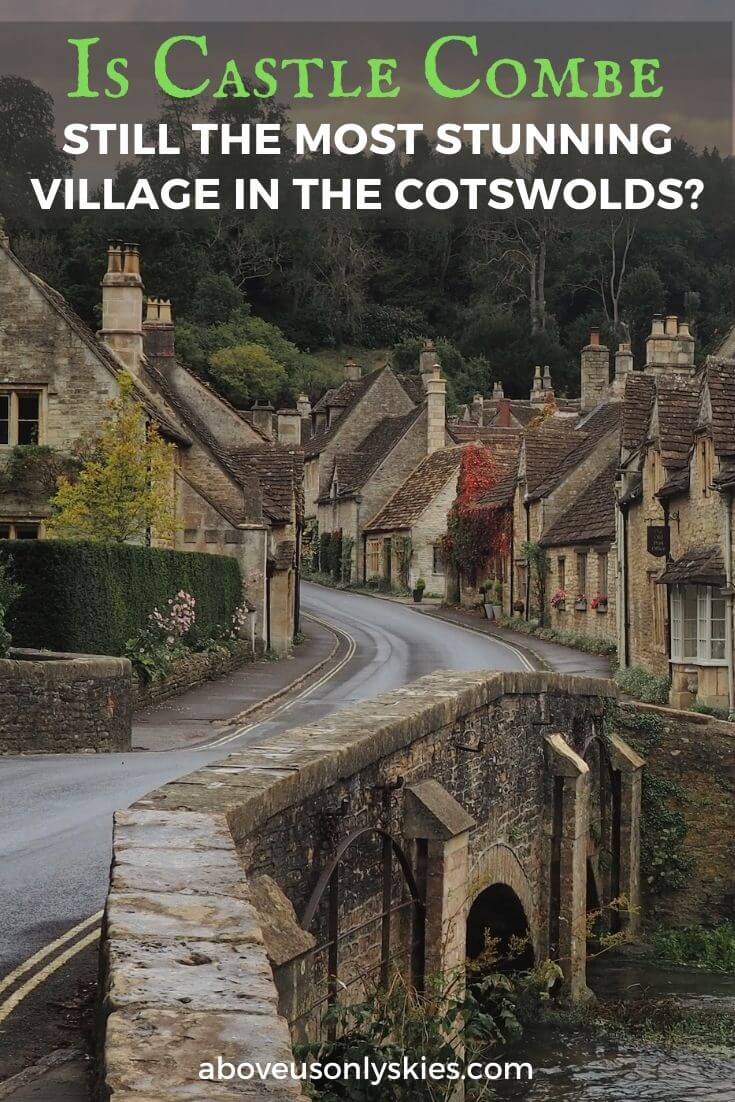

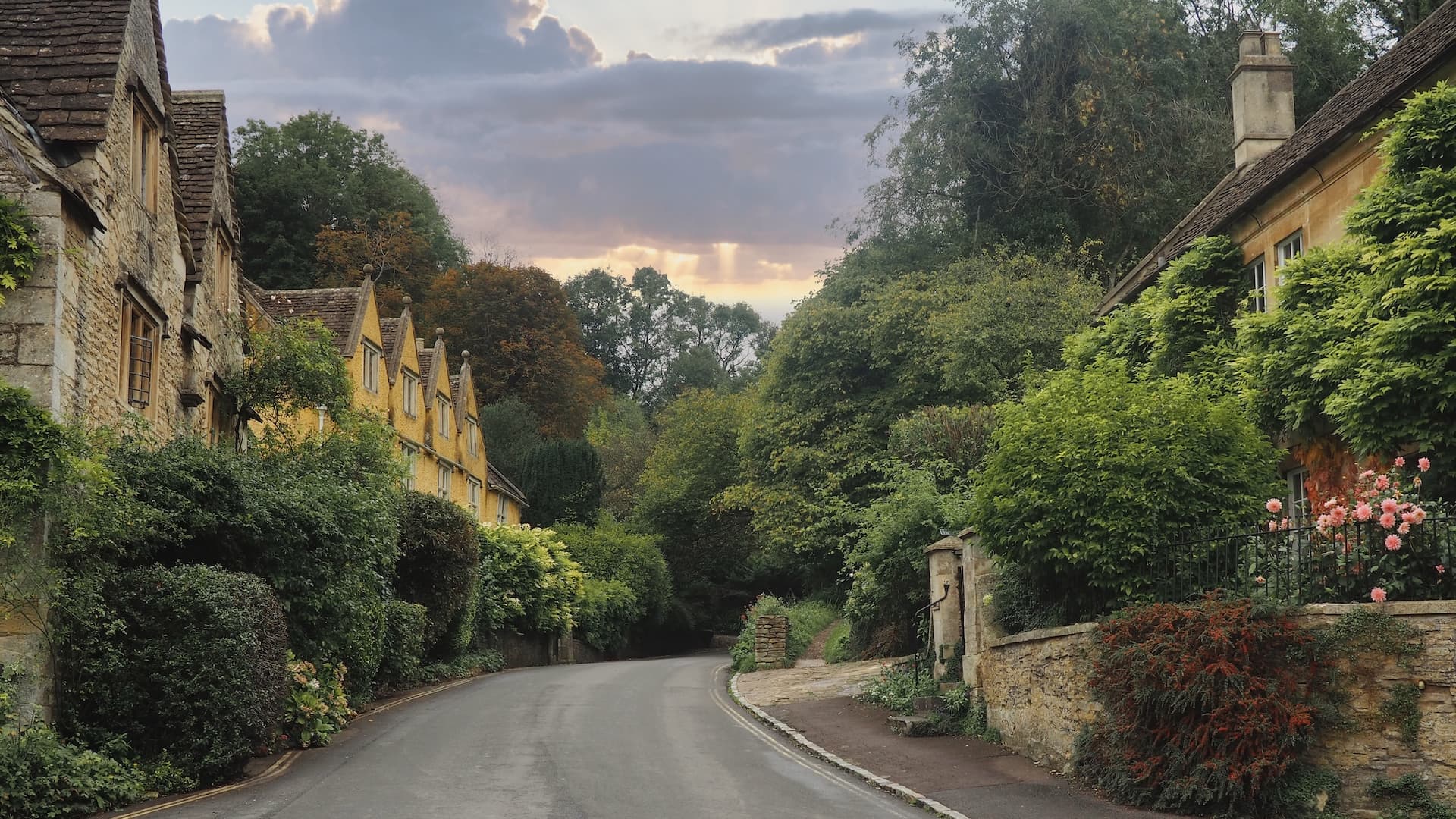
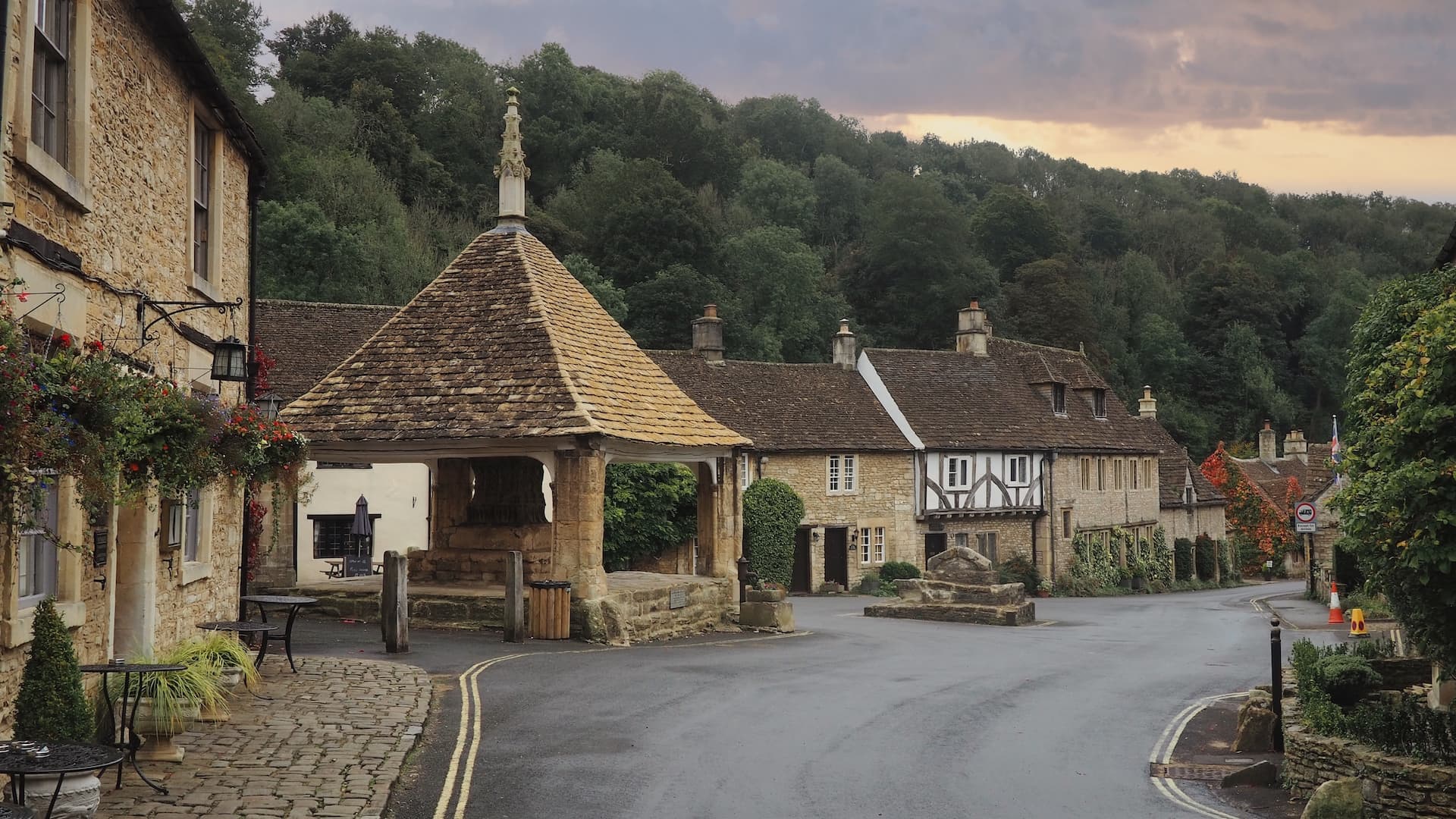
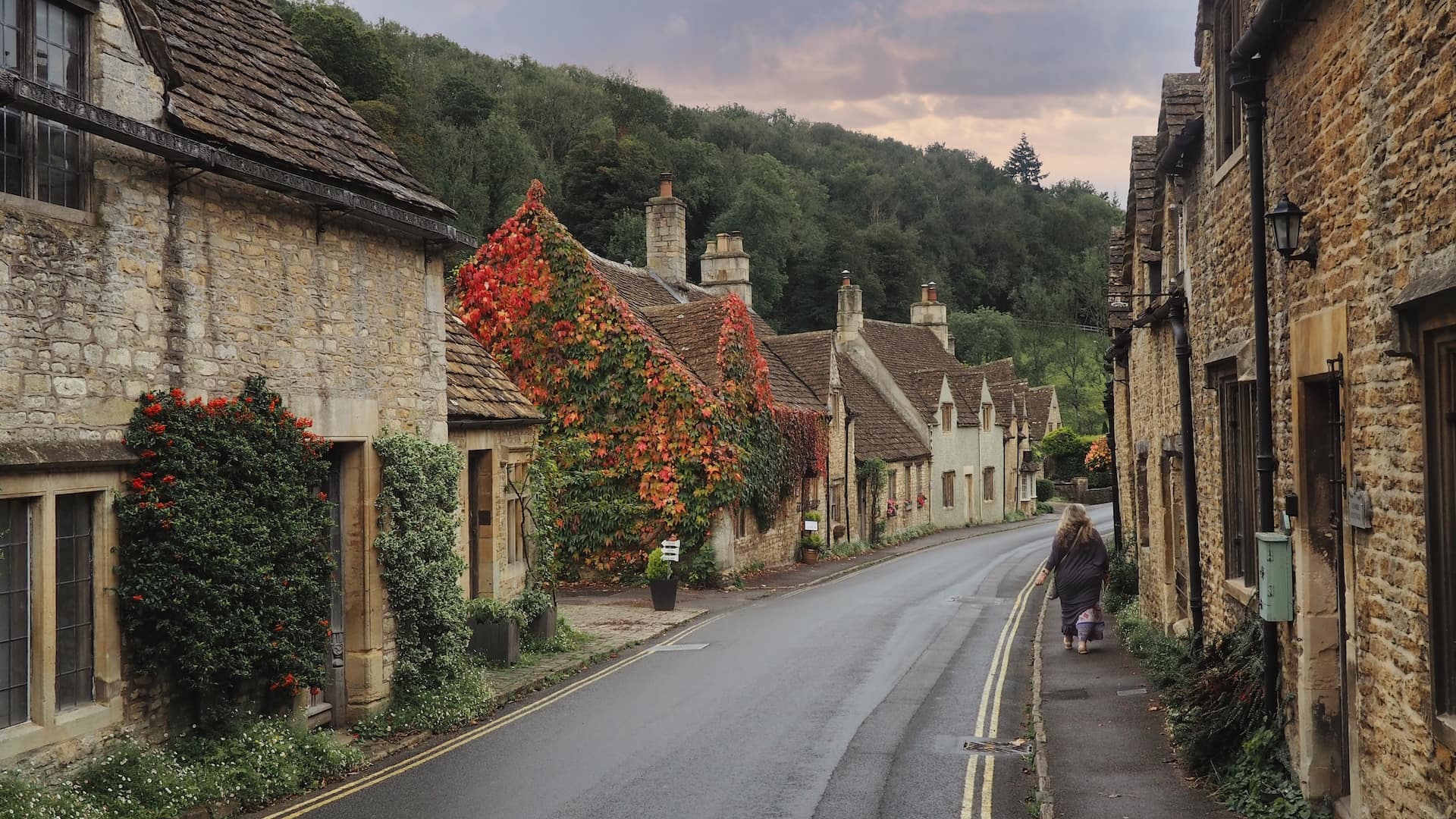


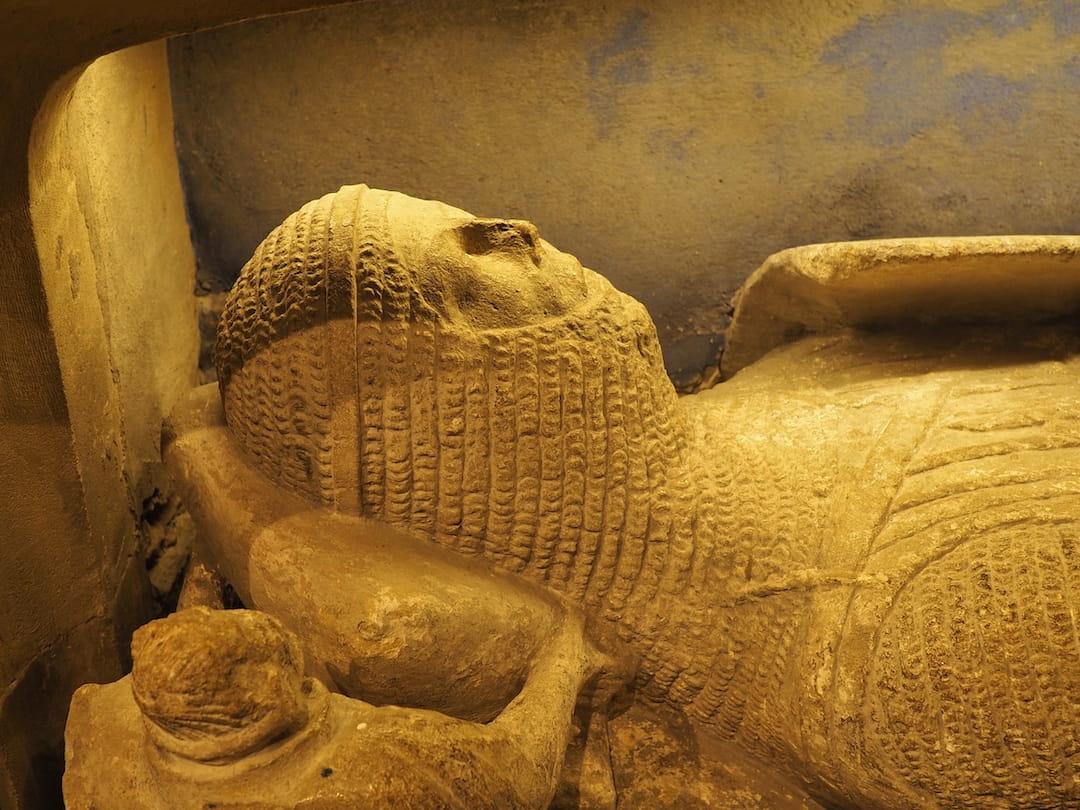
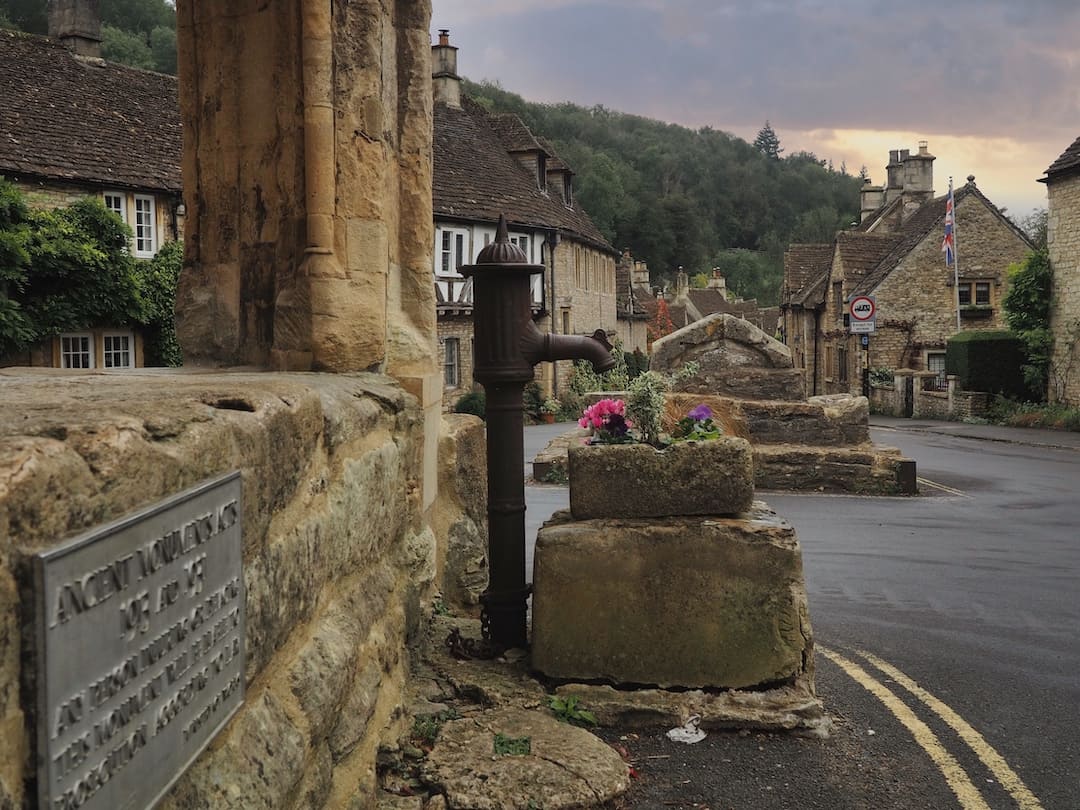

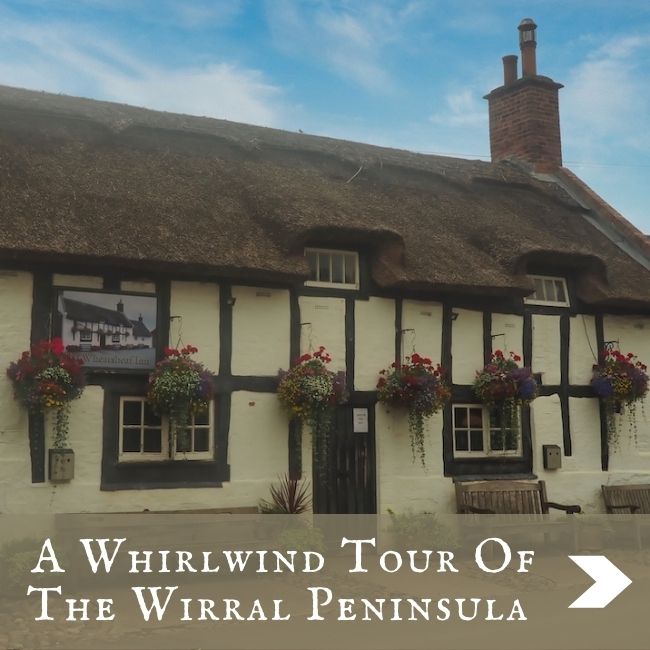
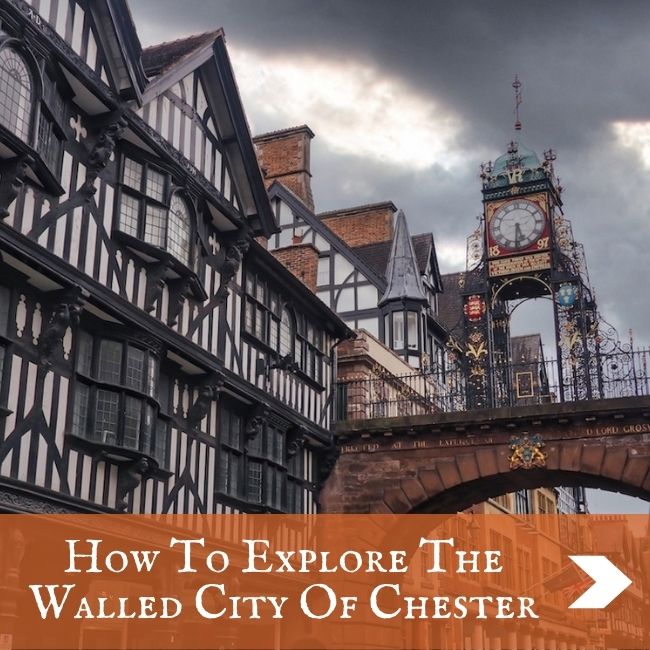
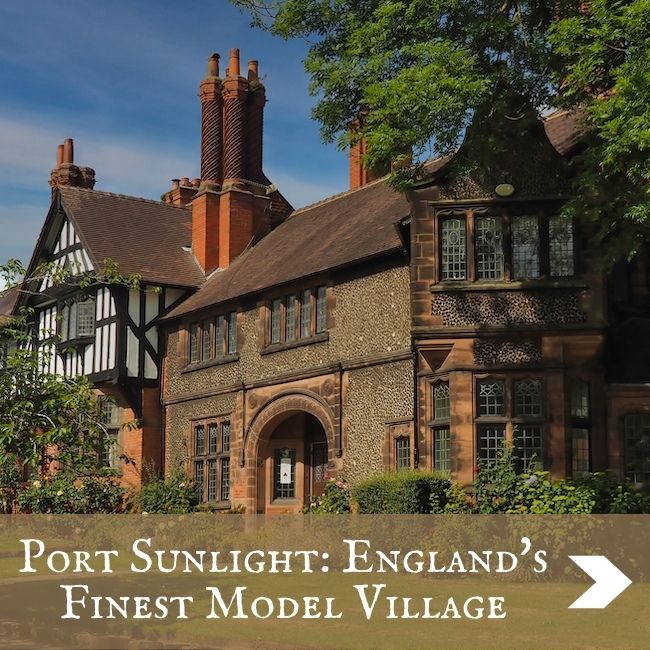

Wow, guys. This awesome. So quaint! Will add this to our UK adventures.
Cheers!